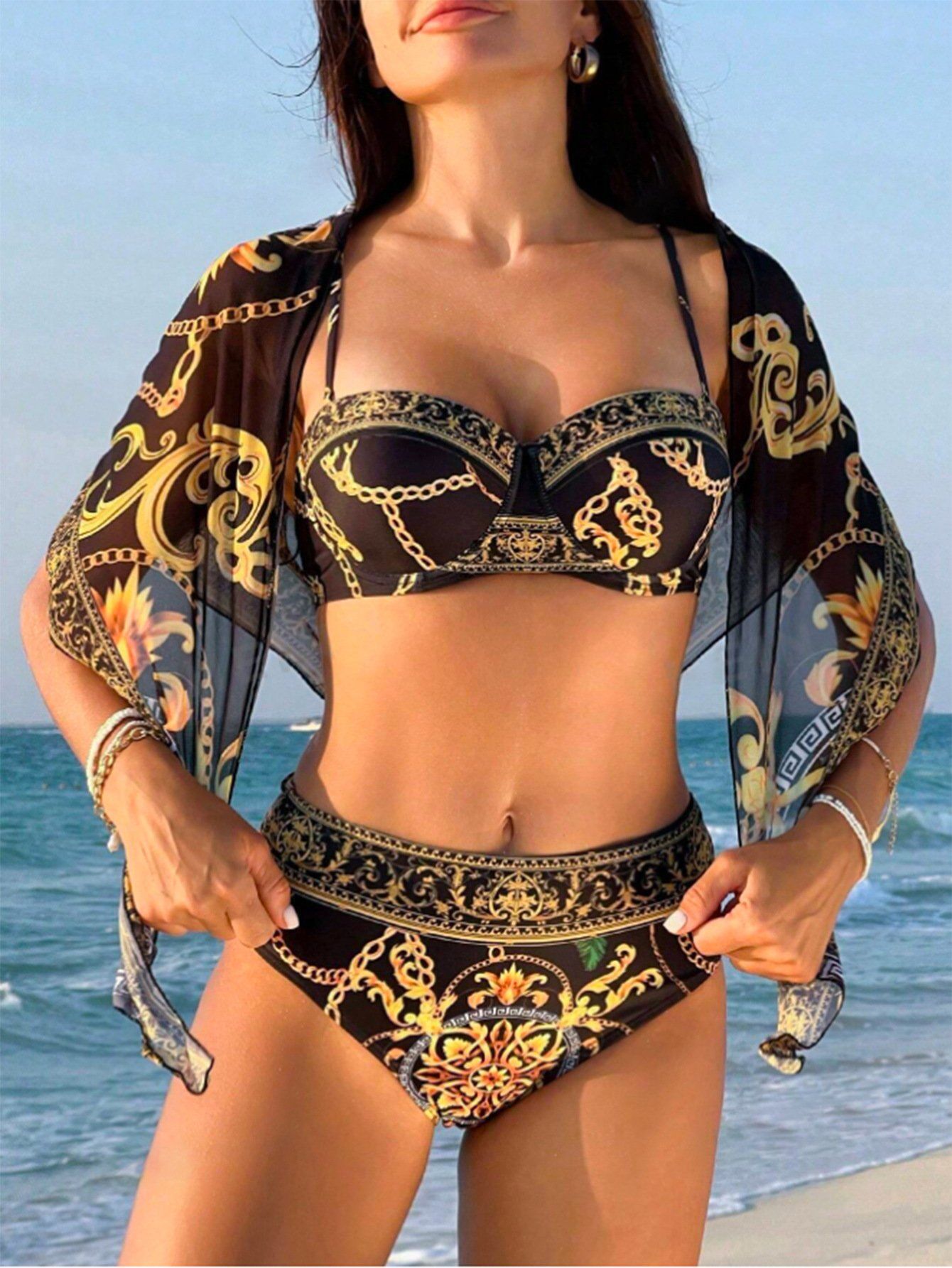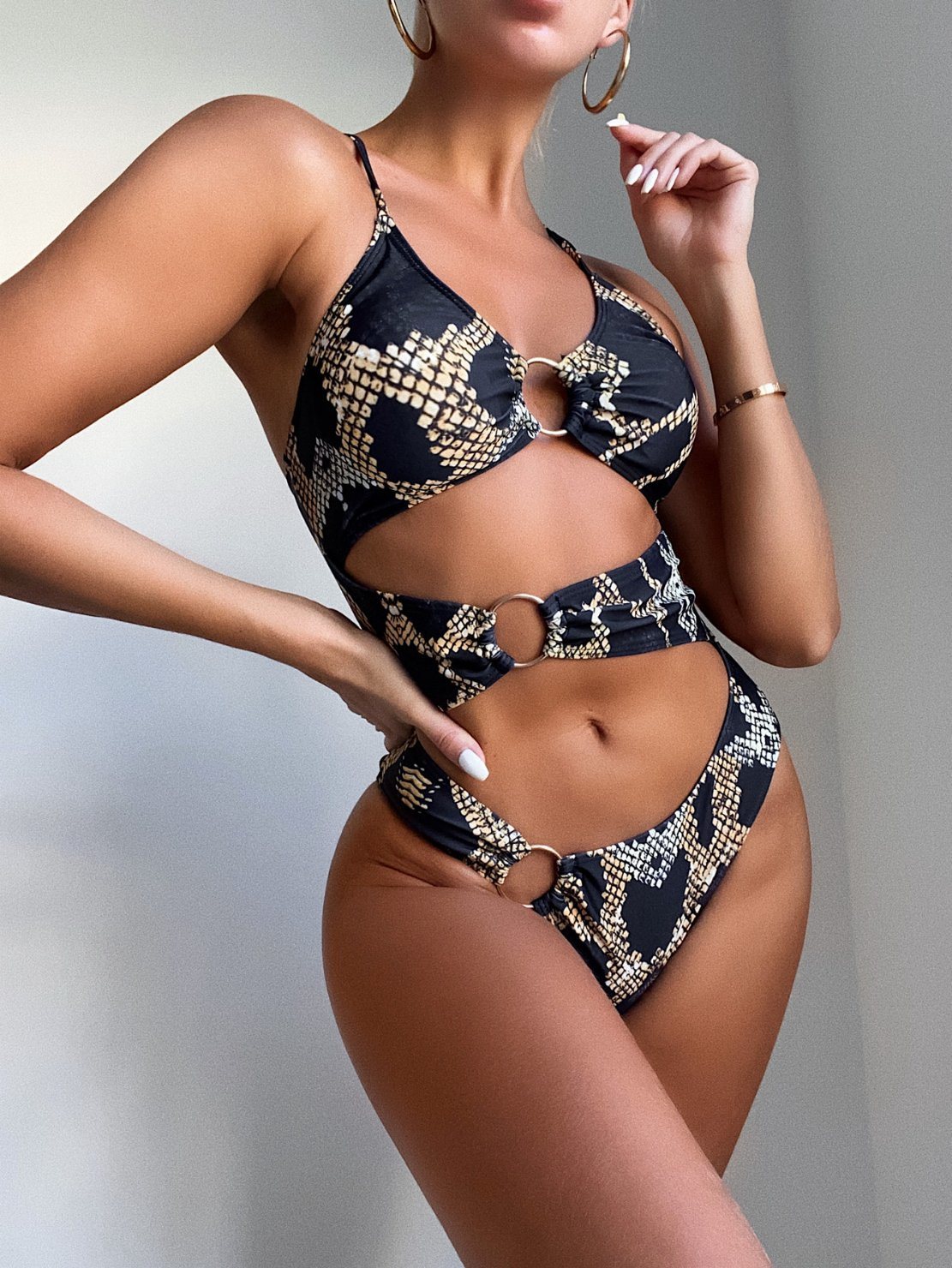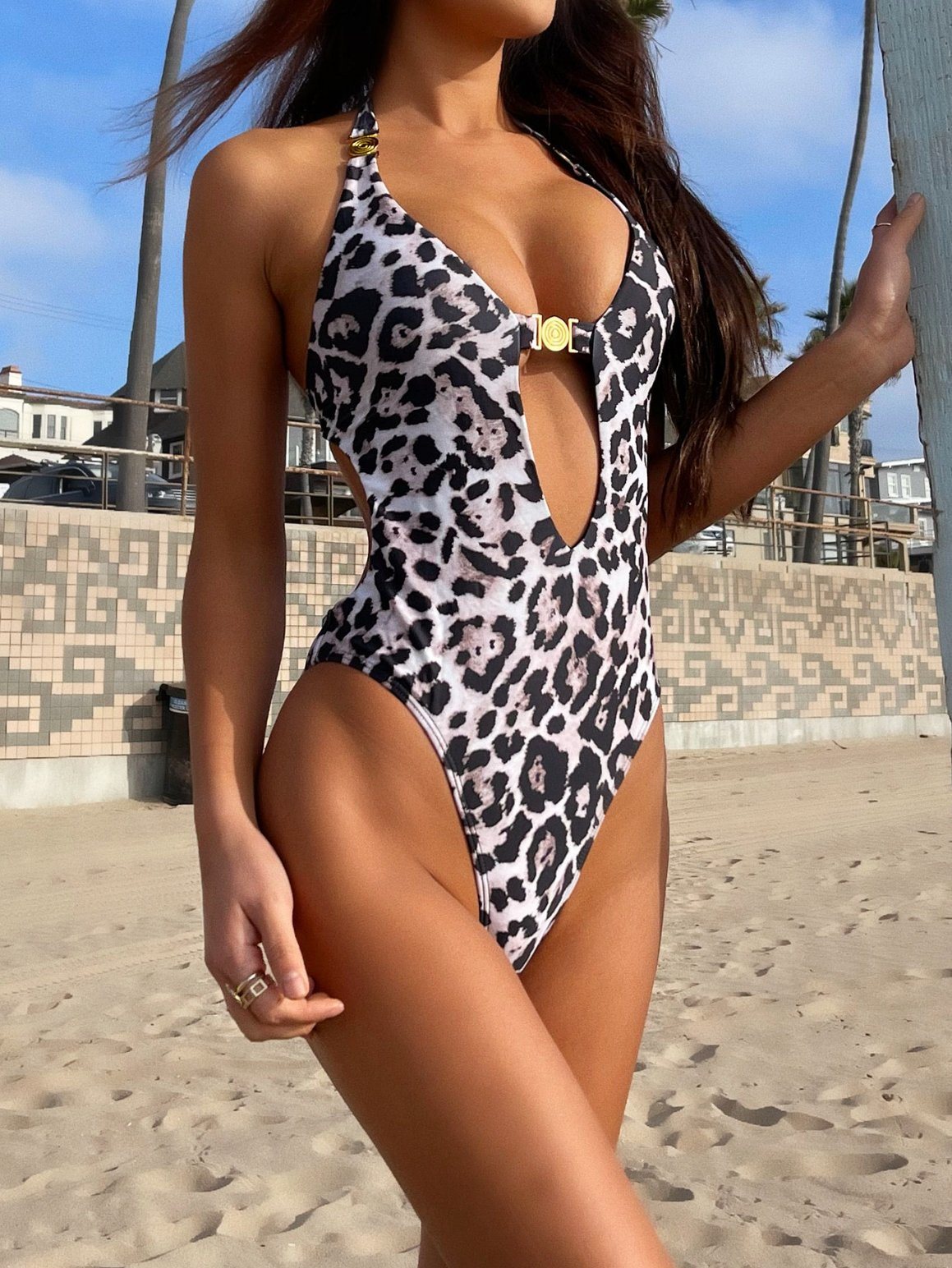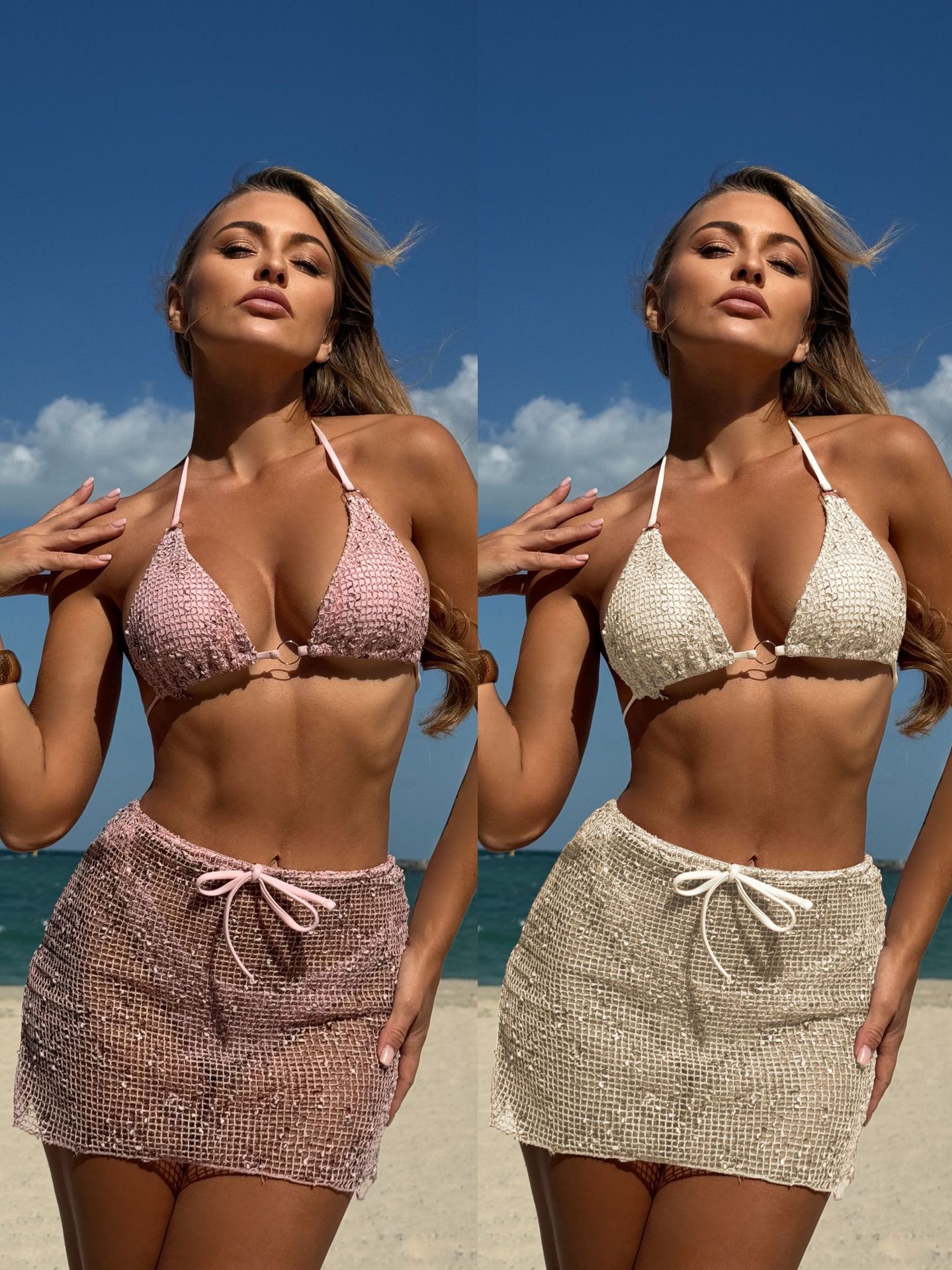Creating swimwear that fits customers across different continents presents unique challenges for manufacturers. Global sizing standards vary significantly between US, European, and Asian markets, requiring specialized fit models and production techniques to ensure consistent quality across regions. Each market has distinct body measurements, sizing conventions, and customer expectations that directly impact manufacturing decisions.

The swimwear industry faces additional complexity with multilingual labeling requirements and quality control standards. Manufacturers must navigate different regulatory requirements while maintaining brand consistency across multiple markets. Global apparel brands struggle with ensuring consistent sizing due to variations in body types, measurement systems, and regional preferences.
Understanding these global production requirements helps swimwear brands reduce return rates and improve customer satisfaction. Modern manufacturers use region-specific fit models and advanced sizing tools to create products that meet local market expectations while maintaining production efficiency.
Key Takeaways
- Swimwear sizing standards differ significantly between US, European, and Asian markets requiring specialized fit models for each region
- Multilingual labeling and quality control processes ensure compliance with international regulations while maintaining brand consistency
- Using region-specific sizing approaches reduces customer returns and improves satisfaction across global markets
Global Sizing Standards and Fit Models in Swimwear Production

Swimwear manufacturers face complex challenges when producing for different global markets due to distinct sizing systems and body proportions. Each region requires specific fit models and measurement standards to ensure proper garment performance in water activities.
Overview of US, EU, and Asia Sizing Systems
The three major global markets use fundamentally different sizing approaches for swimwear manufacturing. US sizing typically runs larger with letter-based cup systems (XS-XL) and numeric waist measurements. EU sizing follows standardized numeric scales that differ significantly from American measurements.
Asian sizing systems present the most variation from Western standards. Sizes run consistently smaller across all measurements. A US size Medium often translates to an Asian Large or Extra Large.
Key Sizing Differences:
- Bust measurements: US Medium (34-36″), EU Medium (36-38″), Asia Large (34-36″)
- Hip measurements: US Medium (36-38″), EU Medium (38-40″), Asia Large (36-38″)
- Torso length: Asian fits typically 1-2 inches shorter than Western standards
Swimwear brands must maintain separate size charts for each market. Understanding sizing variations across markets helps manufacturers avoid costly returns and customer dissatisfaction.
Role of Regional Fit Models in Manufacturing
Fit models serve as the foundation for regional swimwear production. Each geographic market requires specific body measurements and proportions to achieve proper fit. US fit models typically have longer torsos and broader shoulders compared to Asian models.
European fit models fall between US and Asian proportions but with unique measurements around the ribcage and hip areas. These differences directly impact how bikinis and one-piece swimsuits fit during swimming and water activities.
Manufacturers work with regional fit models throughout the design process. Models test prototypes for comfort, support, and movement during various activities. They identify issues like fabric bunching, inadequate coverage, or poor support before mass production begins.
Fit Model Requirements by Region:
- US models: Size 6-8, broader shoulders, longer torso
- EU models: Size 38-40, balanced proportions, medium torso
- Asian models: Size 9-11, narrower frame, shorter torso length
Challenges in Achieving Consistent Global Fit
Global swimwear production faces multiple technical challenges when creating consistent fits across markets. Pattern adjustments require extensive modifications beyond simple size scaling. Manufacturers must alter torso lengths, bust placements, and leg openings for each region.
Fabric behavior adds complexity to global sizing standards. Stretch fabrics react differently on various body types and proportions. A bikini that fits perfectly on a US model may create pressure points or gaps on an Asian body type.
Quality control becomes more difficult with multiple sizing systems. Each market requires separate grading rules and fit standards. Sizing consistency across different markets remains a primary concern for global brands.
Common Production Challenges:
- Pattern grading inconsistencies between regions
- Fabric stretch variations on different body types
- Support and coverage expectations varying by market
- Cost increases from maintaining multiple fit standards
Swimming performance requirements also vary by region. US consumers prioritize athletic support while European markets focus on fashion aesthetics. Asian markets often emphasize coverage and sun protection features.
Multilingual Labeling and Quality Control in Swimwear Manufacturing

Swimwear manufacturers must navigate complex labeling requirements for textile apparel that vary significantly across global markets. Quality control processes ensure these labels meet regional standards while maintaining production efficiency.
Importance of Multilingual Labels for International Markets
Swimwear manufacturers face strict requirements when producing for multiple countries. Each region demands specific label information in local languages.
The United States requires fiber content, country of origin, manufacturer identification, and care instructions on all swimwear labels. These labels must remain permanently attached to garments.
European Union regulations mandate precise textile fiber percentages on all swimwear labels. Labels must appear in the official language of each member country where products are sold.
Asian markets present diverse challenges. Japan requires all textile information in Japanese with specific care symbols. China demands detailed manufacturer registration numbers and safety classifications on labels.
Essential multilingual label elements include:
- Fiber composition percentages
- Country of origin information
- Manufacturer contact details
- Care instruction symbols
- Size specifications
Different countries have specific regulations about required label content and languages. Manufacturers must research each target market’s unique requirements.
Quality Control Processes Across Different Regions
Quality control in swimwear manufacturing involves multiple testing protocols. These processes ensure labels meet regional compliance standards before distribution.
Rigorous testing programs cover UPF protection ratings, colorfastness, and durability standards. Each test must align with destination market requirements.
Regional quality control differences:
| Region | Key Requirements | Testing Focus |
|---|---|---|
| US | FTC compliance, RN numbers | Care label durability |
| EU | Fiber composition accuracy | Multi-language verification |
| Asia | Safety certifications | Chemical content testing |
Manufacturers implement staged quality control checkpoints. Initial reviews verify label design compliance. Mid-production inspections check printing quality and attachment methods.
Final quality control examines label readability across all languages. Teams verify translation accuracy and symbol clarity. This prevents costly recalls and regulatory issues.
Impact of Labeling Regulations on Production
Labeling regulations significantly affect swimwear manufacturing timelines and costs. Manufacturers must plan for extended production cycles when serving multiple markets.
Textile apparel labeling requirements range from basic sizing information to complex fiber composition details. Each requirement adds production complexity.
Manufacturers often create region-specific label variations. This approach prevents cross-contamination between market requirements but increases inventory management complexity.
Production impact factors:
- Label design time: 2-4 weeks for multi-region compliance
- Translation costs: $500-2000 per language pair
- Quality testing: Additional 1-2 weeks per market
- Inventory management: 20-30% increase in SKU complexity
Some manufacturers use universal label designs with internationally recognized symbols. This strategy reduces production complexity while maintaining compliance across major markets.
Regulatory changes require ongoing production adjustments. The EU’s proposed standardized sizing system may affect how manufacturers present size information on future swimwear labels.
Frequently Asked Questions
Swimwear brands face complex decisions when producing for global markets. Swimsuit sizing varies significantly between regions, with different measurement systems and fit preferences across US, EU, and Asian markets.
What are the standard size ranges for swimwear in the US, EU, and Asia markets?
US swimwear typically uses numerical sizes from 0 to 16. Size 8 represents the standard medium across most American brands.
European swimsuit sizes range from 28 to 48, with size 36 considered medium. The EU system corresponds directly to chest measurements in centimeters.
Asian markets generally use smaller numerical ranges. Sizes often start from XS and extend to XL, with different proportional measurements compared to Western sizing.
Each region follows distinct measurement protocols. US brands focus on bust, waist, and hip measurements taken in inches. European sizing emphasizes precise centimeter measurements for bust, under-bust, and hip areas.
How do fit models impact the design and production process of global swimwear lines?
Fit models represent the target demographic for each regional market. Brands select models with body proportions typical of their intended customer base in specific geographic areas.
US fit models typically have different torso lengths and bust-to-waist ratios compared to European models. Asian fit models often require adjustments for shorter torso measurements and different bust placement.
Production teams conduct multiple fittings with regional fit models. These sessions identify necessary pattern adjustments before mass production begins.
Brands modify cup shapes, strap lengths, and overall proportions based on fit model feedback. These changes ensure proper fit across different body types prevalent in each market.
What considerations should be made when designing multilingual labels for international swimwear products?
Care instruction symbols must comply with international standards. Different regions require specific washing and drying symbols that consumers recognize locally.
Font sizes need accommodation for various languages. Some languages require larger text space, affecting label design and placement on garments.
Color coding helps distinguish between different care instructions. Brands use consistent color schemes across all language versions to maintain brand recognition.
Material composition listings follow regional requirements. EU regulations demand specific fiber content disclosure formats that differ from US standards.
Size conversion charts on labels help international customers. Including multiple sizing systems reduces return rates and improves customer satisfaction.
Are there regulatory compliance requirements for sizing and labeling in different regions for swimwear?
EU regulations require mandatory fiber content disclosure. Labels must list all materials comprising more than 5% of the garment’s total weight.
US Federal Trade Commission rules govern textile labeling. Brands must include country of origin, fiber content, and manufacturer identification on all swimwear products.
Asian markets have varying requirements by country. Japan requires specific care instruction symbols, while China mandates particular sizing standard compliance.
Safety regulations differ for children’s swimwear. EU and US markets have strict requirements for drawstrings, small parts, and chemical content in youth products.
Flame retardant restrictions vary by region. Some markets prohibit certain chemical treatments commonly used in swimwear manufacturing.
What are the key differences between US, EU, and Asian swimwear sizing standards?
US sizing uses numerical systems from 0-16, while EU sizing employs numbers from 28-48 based on chest circumference measurements.
Band sizing approaches differ significantly. US brands often use traditional small, medium, large categories alongside numerical sizes.
Asian sizing typically runs smaller than Western equivalents. A size large in Asian markets often corresponds to a US medium or EU size 38.
Bust cup sizing varies between regions. European brands offer more extensive cup size ranges, particularly for larger bust measurements.
Torso length calculations differ across markets. Asian sizing accounts for shorter average torso measurements compared to US and European standards.
How can a swimwear brand effectively manage sizing to cater to a global audience?
Brands develop region-specific size charts based on local body measurement data. These charts reflect actual customer proportions rather than generic international standards.
Multiple fit model testing prevents costly production errors. Brands conduct fitting sessions in each target market before finalizing production specifications.
Size conversion tools help customers navigate different systems. Online calculators and detailed measurement guides reduce sizing confusion and returns.
Grading rules require adjustment for each market. The incremental size increases between consecutive sizes must match regional expectations and body proportions.
Quality control testing includes fit verification across size ranges. Brands test multiple sizes within each regional system to ensure consistent fit progression.




